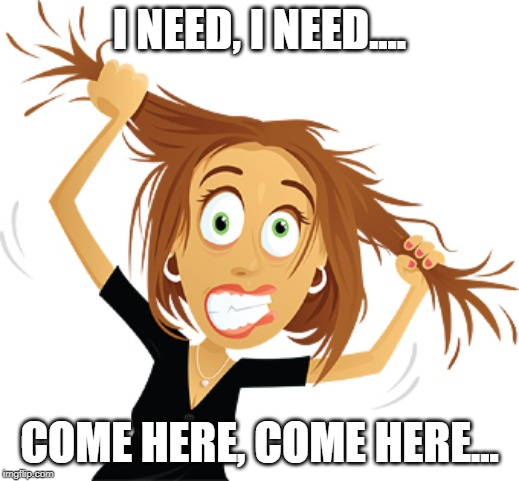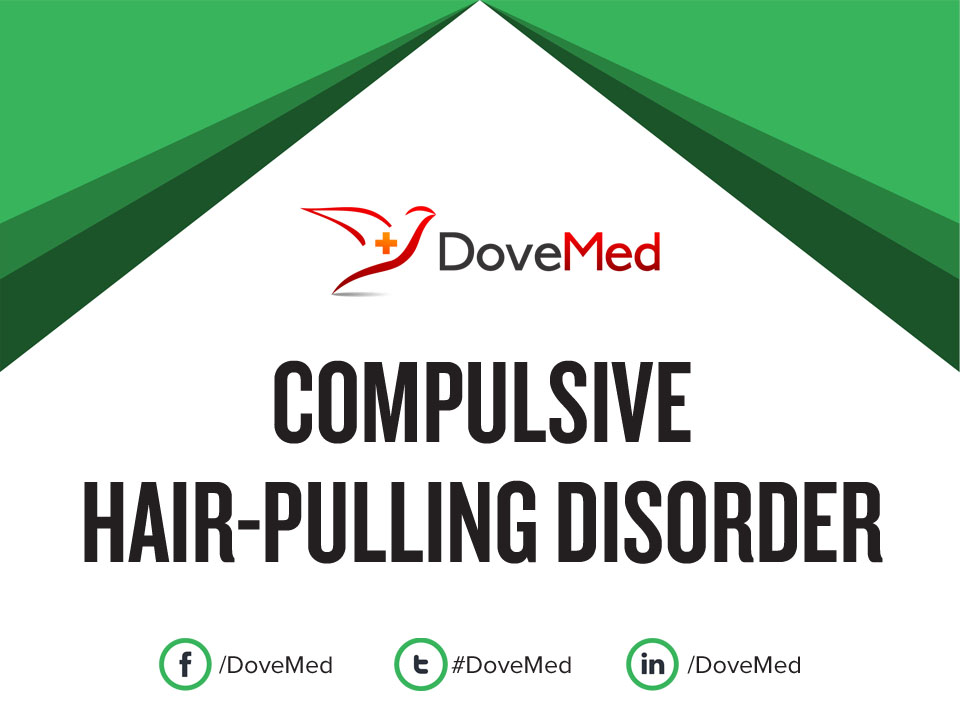Table Of Content

Brain imaging studies have found that people with trichotillomania show increased thickness in areas of the frontal cortex related to the development of habitual behaviors. Differences in this brain area have also been observed in individuals with OCD, suggesting a close relationship between the two conditions. Other studies have found evidence of decreased amygdala volume in people with trich, which may be related to difficulties in emotion regulation also observed in this population. At first you may see your primary care provider or a specialist in skin disorders called a dermatologist. Your provider may refer you to a mental health professional with experience in diagnosing and treating trichotillomania. In some cases, a “punch biopsy” (where your healthcare provider takes a skin sample for lab analysis) is necessary to confirm a diagnosis of TTM.
Do you provide services for people with BFRBs?
People with both TTM and depression, for example, may be inclined to seek help for their depressive symptoms; this may, in turn, lead to help with hair pulling. Trichotillomania is a condition characterized by a compulsive urge to pull out one’s hair. New research using brain imaging has provided evidence that trichotillomania results from impairment in response inhibition. Primarily, a person experiences an urge to pull their hair, but they cannot resist the urge or stop the behavior even when the response is inappropriate. Some research shows that the part of the brain that tells the body to stop a movement is impaired in people with trich. Affected people may feel embarrassed by or ashamed of the way they look or of their inability to control their behavior.
What can I expect if I have this condition?

According to a recent study, one’s history of previous treatment does not affect the outcome of Internet-based therapy. Some people may be unaware that they have a recognized medical condition, and may simply view hair pulling as a bad habit. Others may be reluctant to seek a diagnosis for a variety of reasons. OCD is a mental health condition that causes overwhelming thoughts that are hard to move on from, called obsessions. These obsessions lead to compulsions, which are actions that you can't stop yourself from doing over and over.

Top doctors in ,
Other people say they feel itchiness or tingling in the area they pull on, and pulling helps get at the itch. For many people with trichotillomania, hairpulling is a response to stress, frustration, or boredom. It can feel comforting and give you a place to direct your energy or something to do. Even if you know you might feel upset about it later, pulling can feel pleasant and satisfying in the moment.
Amy Schumer Opens Up About Having Trichotillomania, a Hair-Pulling Disorder - Glamour
Amy Schumer Opens Up About Having Trichotillomania, a Hair-Pulling Disorder.
Posted: Fri, 25 Mar 2022 07:00:00 GMT [source]
People with this disorder compulsively pull or pluck out their hair for noncosmetic reasons. They usually pull hair from their scalp, eyebrows, and/or eyelids, but any body hair may be pulled out. Trichotillomania is a difficult condition to treat because each case is unique. There is no universal form of treatment that is effective in all cases. However, there are several strategies, including therapy and medication, that can help people control their urges. In addition, some research suggests that people with trichotillomania have higher gray matter density in some regions of the brain.
How Trichotillomania Hair-Pulling Is Treated
They may try to camouflage the hair loss by wearing wigs or scarves. Some pull out hair from widely scattered areas to disguise the loss. People may avoid situations in which others may see the hair loss. They typically do not pull hair out in front of others, except for family members. People may also be distressed by their loss of control, and they repeatedly try to stop or reduce pulling their hair out but they cannot.
Trich is currently classified in the DSM as an obsessive-compulsive or related disorder, which is itself closely related to anxiety. Trichotillomania is one of several body-focused repetitive behaviors (BFRBs) currently classified in the DSM-5 as Obsessive Compulsive and Related Disorders. The disorder is also thought to share characteristics with impulse-control disorders. Trichotillomania affects up to 2 percent of the population, though only about half of those are thought to receive some form of treatment. Trichotillomania affects many people all over the world and is considered a treatable mental health condition.
Literally Pulling Out Your Hair? Trichotillomania May Be to Blame
So imagine the horror of inviting someone who does not know you into your most intimate and vulnerable secret world. Many people with trich go to a physician or mental health provider to get help with issues that arise secondarily to trich and do not report the real reason for the secondary conditions. As a result, trich is a condition often left undiagnosed or misdiagnosed. A thorough assessment by a trained professional can help distinguish it from other disorders. Research of people who develop trich with dementia suggests brain atrophy as a cause. Studies of progesterone levels in women show a positive correlation between trich behaviors and the high progesterone levels of the luteal phase and early stages of pregnancy.
If you have TTM, it’s important to see a healthcare provider (or multiple providers) with specialized training and experience in treating this condition. They can best guide you on what you can do to minimize the impact of this condition on your life. Trichotillomania often results in the complete or partial removal of hair from the body, most commonly from the scalp and face. The symptoms and effects can be severe but are often manageable with treatment.
Some people with trichotillomania also pull out the hair from their eyebrows. This goes beyond usual grooming, and people have trouble resisting the urge to pull their eyebrows. If you only pull your eyebrows, and not any other hair, it's sometimes considered a minor form of trichotillomania. Trichotillomania (TTM) is sometimes related to certain mental health conditions, such as anxiety and depression. Another form of therapy to treat trichotillomania is cognitive behavioral therapy (CBT).
People with TTM compulsively pull out their hair, usually one strand at a time. The most common places people pull hair from are their scalp, eyelashes and eyebrows, and pubic hair. While hair-pulling disorder cannot be cured, it can be managed with therapy. Even though hair-pulling disorder is classified as an obsessive-compulsive disorder, it is treated differently. It may be difficult to find a provider with experience treating trich. Internet-based therapy can be just as effective as in-person therapy.
Because eyelashes protect your eyes from dust and other irritating things, pulling them out can make you more likely to get eye infections and injuries. Pulling can also hurt the delicate skin on your eyelids, which makes it harder for eyelashes to grow back. The doctor will also rule out any other causes of hair loss and may send you to a dermatologist (skin doctor). Here, we’ll discuss the signs and symptoms of trichotillomania and ways to treat this condition.
NSSI is thought to serve as a way to alleviate overwhelming negative emotion, as self-directed anger or punishment, or to influence others. While there are similarities between NSSI and focused trich, NSSI is a conscious decision to harm oneself as opposed to the compulsive urge to pull hair. A person with body dysmorphic disorder becomes obsessed or preoccupied with a perceived defect in their physical appearance.
In adults, women outnumber men with this condition by as much as 9 to 1. TTM falls under the overall category of obsessive-compulsive disorder, but it has some key differences from OCD itself. It's important to remember that this is a very personal, individual journey. Finding space and grace to make good choices for yourself will help you gain clarity on what you want. Your GP may examine areas where the hair is missing to check that nothing else is causing the hair to come out, such as a skin infection. You should also see your GP if you or your child has a habit of eating hair.
Talk with your health care provider about any medicine recommended. The possible benefits of medicines should be balanced against possible side effects. The overall outlook for this condition depends partly on the age of the person who has it. Infants and children with TTM often have the best outlook, with the condition commonly going away on its own. Healthcare providers may use combinations of medications, therapy techniques or both. In CBT, people practice mindfulness and challenge limiting beliefs.
Providers also need to differentiate hair-pulling disorder from alopecia areata, a medical condition that causes hair to fall out in small patches. A trichoscopy, medical history, and scalp biopsy can all be used to rule out alopecia as a cause of hair loss. A mental health professional can diagnose trichotillomania based on a clinical evaluation, a person's health history, and testing to rule out other causes of hair loss. Trichotillomania is often misdiagnosed or undiagnosed which causes more harm.





